Shrub
All Shrub Content
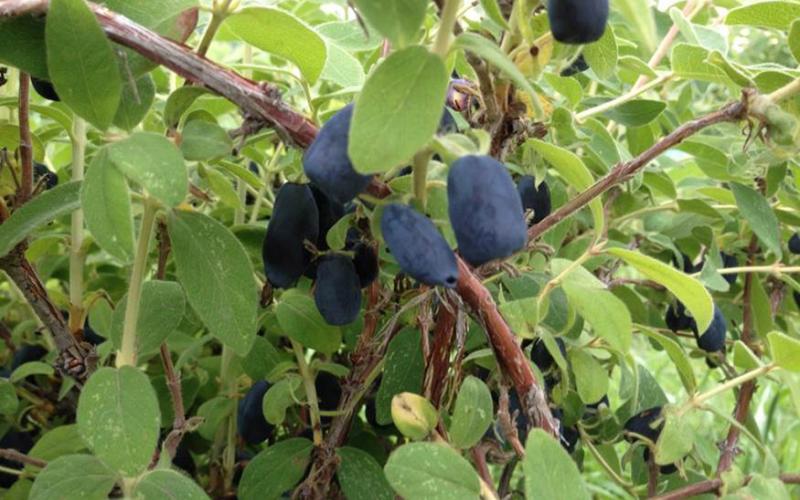
Fruit Variety Recommendations for South Dakota
Fruit variety recommendations for home fruit growers in South Dakota

McCrory Gardens Trial Report aids in flower selection
June 20, 2023
The 2022 McCrory Gardens Trial Report, issued this spring by South Dakota State University Extension and McCrory Gardens, helps South Dakotans choose flower varieties that do well in local conditions.
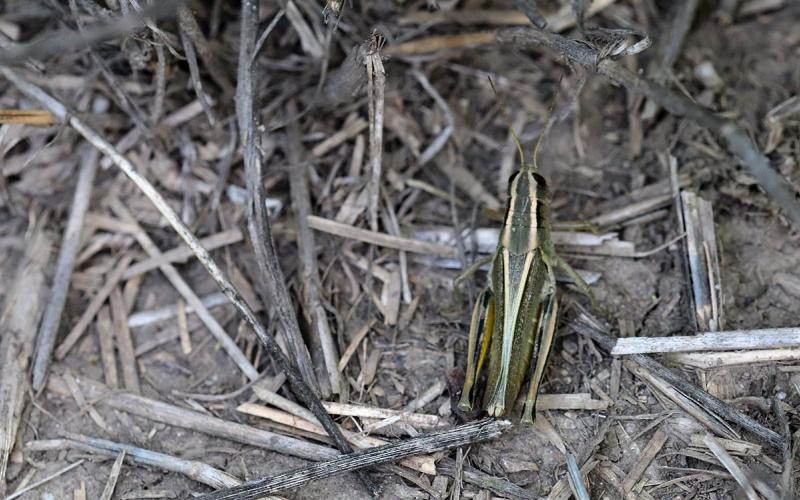
Grasshoppers in Gardens
Due to large populations and dry conditions, grasshoppers are moving into gardens and feeding on whatever they can find. In a normal year, grasshoppers can be a nuisance in a garden, but during an outbreak year, they can present a real threat to gardens, shrubs and small trees.
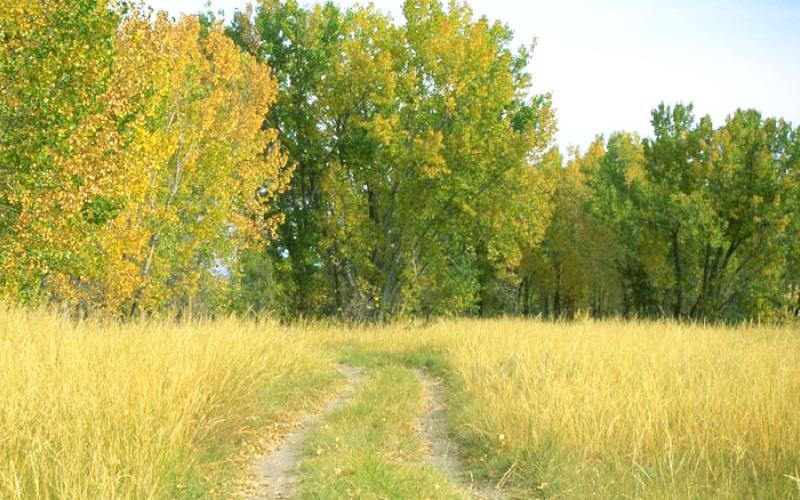
Trees & Drought Stress
Trees require a lot of water to meet their functional needs and long-term shortages can influence their growth and survival.

Why Are The Tree Leaves Turning Yellow?
Chlorosis, a condition where the leaf veins remain green but the surrounding foliage turns pale green or yellow, is a common occurrence on certain tree species in South Dakota.

Japanese Beetles
Japanese Beetles (Popillia japonica) are pest beetles feed on trees, ornamental plants and food crops.
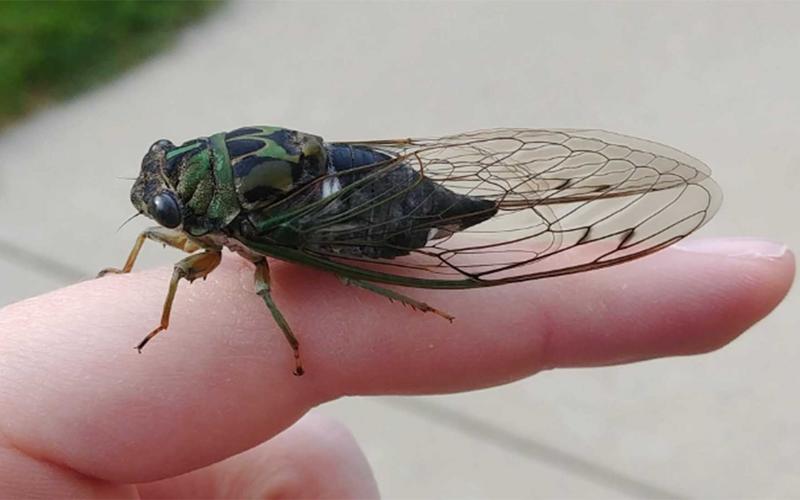
What’s Buzzing in the Trees?
Each summer we hear a droning buzz that comes from the trees. Many residents of South Dakota attribute this noise to locusts. But that isn’t what is making the buzzing sound! The insects responsible for the buzz are actually called cicadas
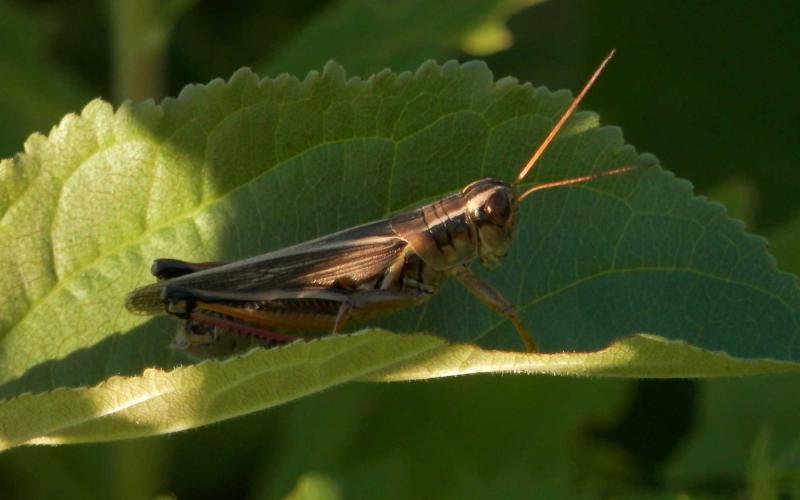
Grasshoppers: When to Manage Them in a Yard and Garden
Grasshopper populations are elevated in Central South Dakota. Some of the concerns regarding these large grasshopper populations is that they are feeding on trees, gardens and almost everything in between.
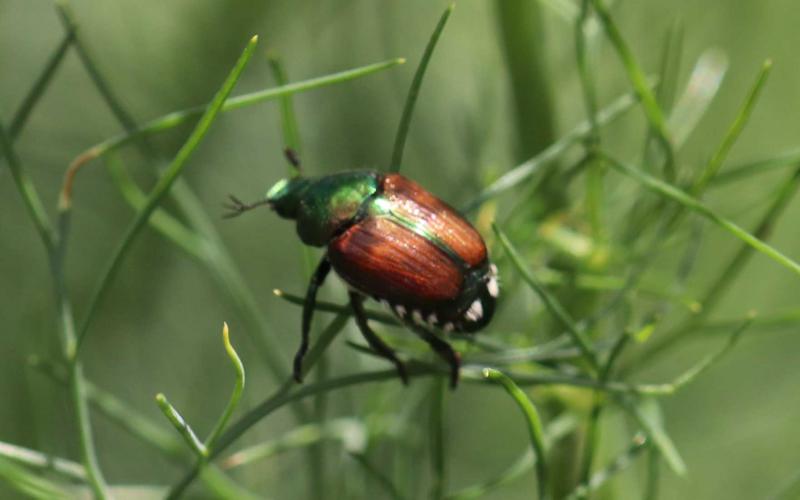
What Are These Shiny Beetles in My Yard and Why Are They Eating Everything?
Japanese beetles are very bad news for anyone with a garden. They are polyphagous insect pests, which simply means they feed on many different host plants.

What Is Feeding on My Lilac Bushes?
There have been multiple reports of mysterious defoliation occurring on lilac bushes.The defoliation is often described as notches showing up around the edges of the leaves, resembling the edge of a saw blade.